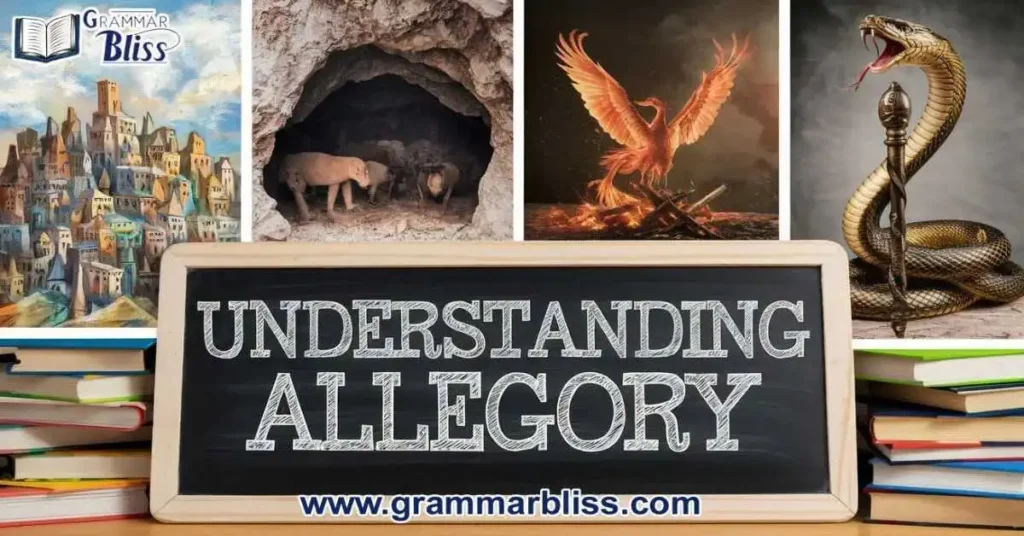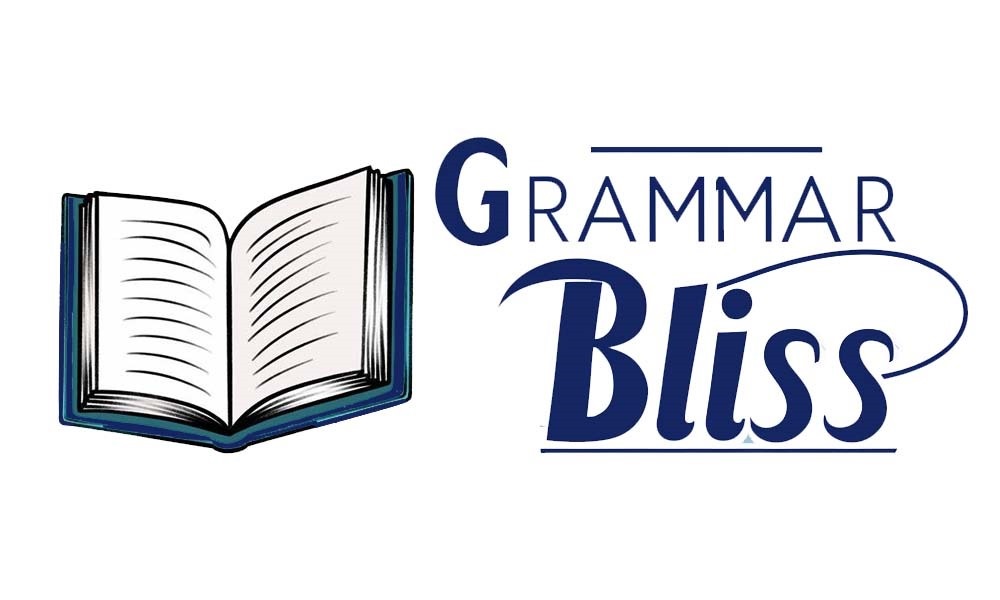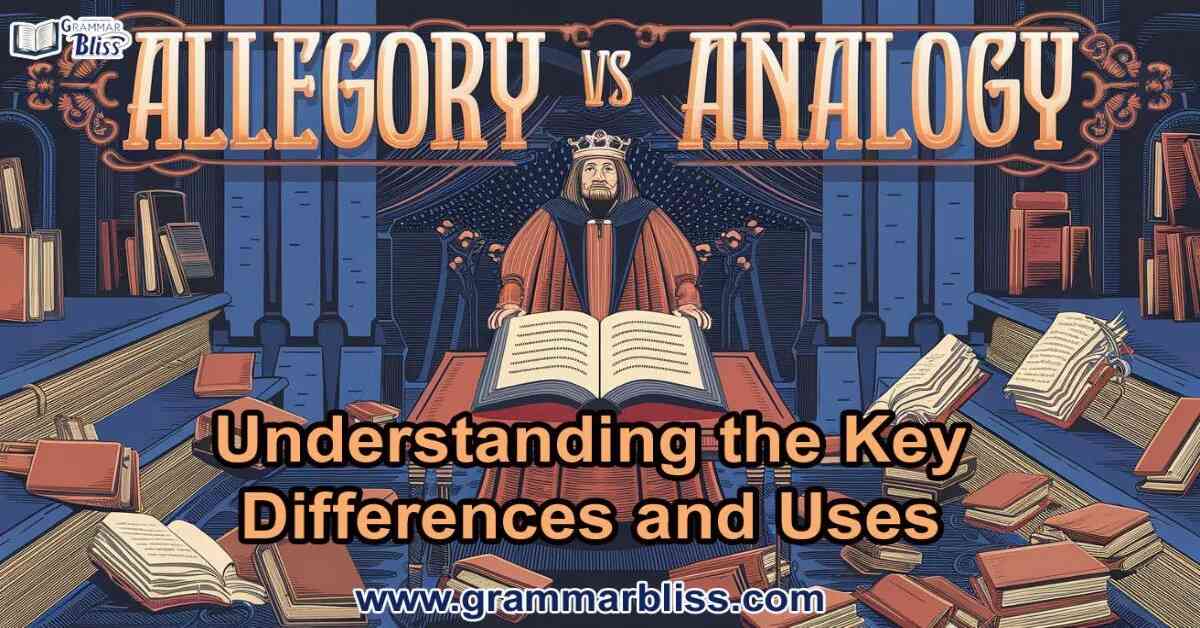When it comes to literary devices, the terms allegory vs analogy often confuses many readers. While both serve as powerful tools for communication, they have distinct purposes and structures.
Allegory is a type of symbolic storytelling that uses characters, events, or settings to represent abstract ideas, moral principles, or even political concepts. On the other hand, an analogy is a comparison that simplifies or clarifies complex ideas by highlighting similarities between two seemingly unrelated things.
Understanding the key differences between allegory vs analogy can significantly improve your writing techniques, storytelling, and communication skills.
Quick Summary
At a glance, analogy is a comparison that helps clarify or simplify a concept, making it easier to understand. It often works by drawing parallels between two different things to highlight their similarities. Allegory, on the other hand, is a narrative or story that uses symbolic meaning to represent abstract ideas, like moral principles, philosophical ideas, or political concepts. Essentially, while analogy is a tool for comparison, allegory is a narrative technique that tells a story with a deeper symbolic meaning.
Read: adjectives-that-start-with-f-in-depth-guide-to-your-vocabulary/
Understanding Analogy

What is an Analogy?
An analogy is a way to explain something by comparing it to something else that is more familiar. This literary device simplifies a complex concept by showing how two things that seem different actually have similar traits or functions. For example, when you say, “Life is like a box of chocolates,” you’re using an analogy. It compares life’s unpredictability to the variety of chocolates in a box, simplifying a complex idea into something easier to grasp.
Purpose of Analogies
The primary goal of an analogy is to clarify or simplify complex ideas. It helps in educational tools, making difficult concepts more relatable. By using an analogy, a teacher or writer can break down abstract ideas and make them more understandable to a wider audience. For example, explaining the concept of electricity by comparing it to water flowing through pipes helps people understand a scientific process in a more approachable way.
Origins and Evolution of Analogy
The use of analogy can be traced back to ancient Greek philosophers, particularly Aristotle, who used analogies in his writings to clarify complex philosophical and scientific ideas. Over time, analogies have evolved into a popular tool not only in philosophy but also in literature, communication, and everyday language. Analogy continues to play a major role in simplifying abstract concepts and helping people understand difficult subjects more easily.
Types of Analogies
There are several types of analogies that serve different purposes. One of the most common is the literal analogy, which makes a direct comparison between two things based on shared conceptual traits. For example, comparing the human brain to a computer highlights their similar functions in processing information.
Another type is the figurative analogy, which uses metaphors or similes to draw comparisons between abstract ideas or concepts. Figurative analogies often rely on symbolism and visual comparison to make the connection more vivid and memorable. Think of the phrase “Time is like a river”—this analogy conveys the idea of time flowing in a way that is easier to understand than describing it in purely abstract terms.
Understanding Allegory

What is an Allegory?
An allegory is a narrative that uses characters, events, and settings to represent abstract ideas or philosophical concepts. Unlike an analogy, which typically involves a straightforward comparison, an allegory is a full story that unfolds in layers of meaning. For example, in George Orwell’s Animal Farm, the animals on the farm represent different political ideologies, with each action and character representing specific political messages. The story as a whole conveys a moral lesson about totalitarianism and the abuse of power.
Origins and Significance of Allegory
The use of allegory dates back to ancient texts and has deep roots in philosophy, literature, and religion. Allegorical tales have been employed to teach moral lessons, critique political ideologies, or explore metaphysical concepts. In religion, stories like The Pilgrim’s Progress or Biblical parables use allegorical symbolism to impart spiritual teachings. Throughout history, allegories have been used as a tool for social commentary, critiquing societal issues and providing insight into complex human experiences.
Types of Allegories
There are various types of allegories, each serving different narrative and thematic purposes. Classical allegories often focus on moral principles, guiding the reader through philosophical lessons or ethical dilemmas. These stories typically aim to teach lessons about human nature, justice, or society. In contrast, political allegories—like Animal Farm—are more concerned with critiquing societal issues and commenting on political systems. In modern literature, allegorical stories may use symbolism to address social critique, human resilience, and political ideologies.
Learn: clean-up-after-yourself-meaning-usage-and-synonyms/
Allegory vs Analogy: Key Differences
| Aspect | Allegory | Analogy |
| Definition | A narrative that uses symbolic meaning to represent abstract ideas or philosophical concepts. | A comparison that explains or clarifies a concept by highlighting similarities between two things. |
| Purpose | To convey a deeper moral lesson, political message, or philosophical concept. | To simplify or clarify complex ideas by making a direct comparison between two things. |
| Form | A full story with characters, events, and settings, each symbolizing something deeper. | A comparison often between two unrelated things that share similar characteristics. |
| Usage | Mostly used in literature, religion, and philosophy to impart moral or political messages. | Used in everyday communication, education, and writing to explain unfamiliar or abstract concepts. |
| Example | Animal Farm by George Orwell – A political allegory critiquing totalitarianism. | “Life is like a box of chocolates” – A simple analogy to convey life’s unpredictability. |
| Length | Generally longer, with a narrative structure that unfolds in layers. | Shorter and more concise, often one sentence or phrase. |
| Symbolism | Deep symbolic meaning embedded in every element of the story (characters, events). | Comparisons are literal or figurative, with symbolism being used occasionally. |
| Interpretation | Can be interpreted in multiple ways, with layers of meaning that reveal deeper messages. | Typically has a clear intended meaning with no ambiguity. |
| Example in Literature | The Pilgrim’s Progress – An allegory representing the spiritual journey of a Christian. | Comparing the brain to a computer to explain how both process information. |
Practical Applications in Writing and Communication
Both analogy and allegory have wide applications in writing techniques and communication skills. Understanding how to use them effectively can elevate your writing, make complex topics easier to understand, and add depth to your narrative structure.
Using Analogy Effectively
To use analogy effectively, focus on making clear comparisons between familiar concepts and abstract ideas. For example, in a science textbook, the explanation of atoms might be clarified with the analogy of a solar system, where electrons orbit the nucleus like planets orbit the sun. This helps the reader understand complex topics in a simple, visual way. However, be cautious not to overuse analogies, as they can sometimes oversimplify nuanced ideas and mislead the reader.
Using Allegory Effectively
When using allegory, the key is to create a narrative that can be interpreted on multiple levels. The symbolic meaning should be clear enough for the reader to recognize, but also open to deeper analysis. Whether you are writing a political critique or a story with moral lessons, consider the story structure and how each character or event represents a larger idea. A well-crafted allegory adds depth and layers of meaning to the narrative, inviting readers to explore the themes and messages in a thoughtful way.
Common Pitfalls to Avoid
Both analogy and allegory come with challenges. For analogy, avoid over-simplification—while it’s meant to clarify complex ideas, it’s important not to miss key details that could affect the meaning. On the other hand, allegory can become too complicated if the symbolic meaning is unclear or if the narrative becomes overly abstract. In both cases, balance is key.
Examples of Allegory vs Analogy in Action
Famous Analogies
A classic example of an analogy is Martin Luther King Jr.’s famous line: “Injustice anywhere is a threat to justice everywhere.” Here, he uses a direct comparison to emphasize how injustice, even in small or distant places, affects the broader social fabric.
Renowned Allegories
An example of an allegory is John Bunyan’s The Pilgrim’s Progress. In this story, Christian’s journey represents the spiritual journey of a believer. Every obstacle and character in the story symbolizes a theological concept or moral lesson, making the entire narrative an allegorical representation of Christian faith.
Explore: similes-for-love-expressing-emotions-through-comparisons/
Grammar Rule and Example
When using analogy, make sure the comparison is relevant and clear. For instance, comparing the internet to a web is a useful visual comparison because it’s easy to understand. When using allegory, ensure that the symbolic meaning is clear enough to engage the reader without confusing them with too much abstraction.
FAQ’s: Allegory vs Analogy
What is the main difference between allegory and analogy?
Allegory is an extended symbolic story, while an analogy is a short comparison to clarify a concept.
Can allegories be used in everyday communication?
Allegories are typically used in literature and philosophy, while analogies are more common in everyday communication.
Is an analogy always a comparison between two things?
Yes, an analogy draws a comparison between two things to simplify or clarify an idea.
Are allegories only used in literature?
While most allegories are found in literature, they can also be used in films, art, and political commentary.
Can analogies help in teaching complex subjects?
Yes, analogies are great for simplifying complex ideas and making them easier to understand in educational contexts.
Conclusion
Understanding the difference between allegory vs analogy is essential for both writers and readers. While allegory offers a deeper, symbolic narrative often used to convey moral lessons or political critique, an analogy provides a straightforward comparison to simplify and clarify complex ideas. By mastering these literary devices, you can enhance your storytelling, improve communication skills, and effectively convey abstract concepts. Whether you’re writing fiction, engaging in discussions, or teaching, recognizing when to use allegories or analogies will elevate your ability to connect with your audience.

